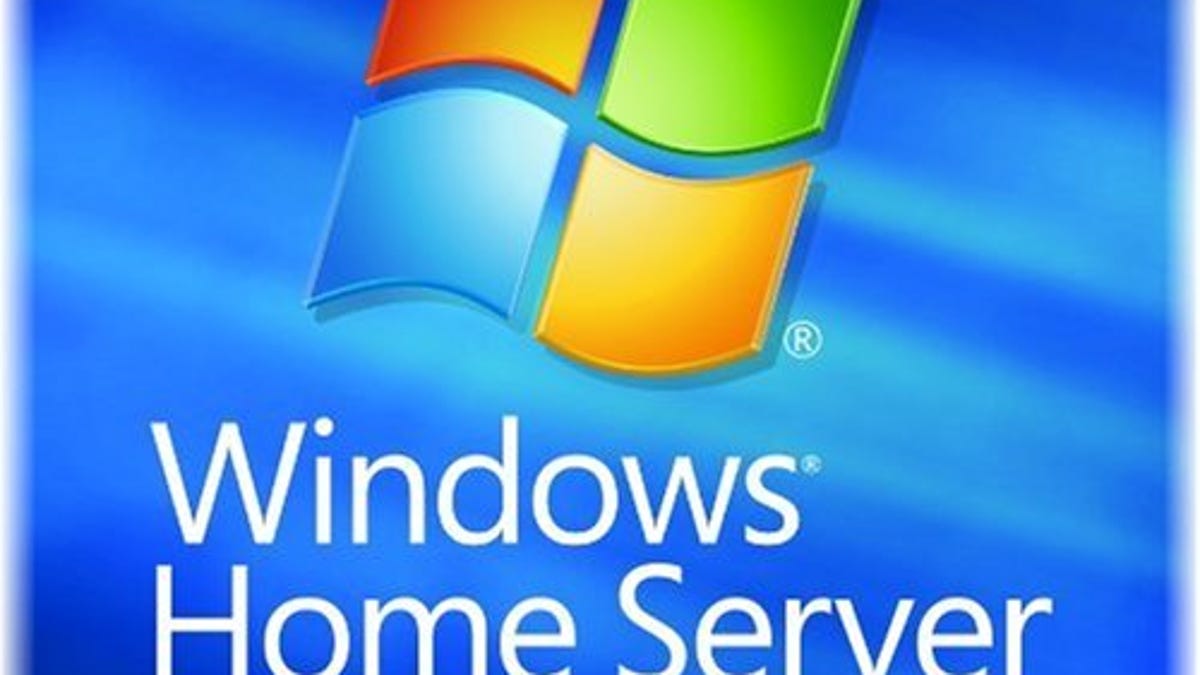Next Windows Home Server gets release candidate
The next major version of Microsoft's Windows Home Server software is now available as a release candidate for user testing.

Whispers and tweets about Microsoft's Windows Home Server hitting the all-important Release Candidate status this week have proven to be true, with Microsoft offering up the software earlier today to users on its Connect site.
The software, code-named Vail, is the second iteration of Microsoft's Home Server product, and is based on Windows Server 2008 R2. Microsoft first let users try out the software in beta form in April of last year. Along with Vail, Microsoft has put out a release candidate of Small Business Server 2011 Essentials, previously code-named Aurora.
One of the biggest changes to hit both versions of the software--besides some of the back-end and feature improvements--is actually a feature removal. As first announced by the company in a blog post in November, this new version of Windows Home Server gets rid of the software's drive extender tool, which would allow users to pool together hard drives into one large block of storage.
Despite several heated comment threads about it, and acknowledgment by the Home Server team that the decision had been "incredibly hard," Microsoft appears to be moving forward with its plans to keep the feature out of this latest version. To make up for the feature being gone, Microsoft has included a new Move Folder Wizard that can ferry data between drives, as well as a tool to format new drives when they're added.
Microsoft has previously said that the release to manufacturing build of Vail will hit sometime in the first half of this year. No word on whether this will be the last RC ahead of that offering.
Update at 9:50 a.m. PT on Friday, February 4. : For those of you wondering about the upgrade path for users of the current version of Windows Home Server and Windows Home Server 2011 RC, a Microsoft representative explained the process to CNET. "[Users] will need to copy their data to (a) portable drive, or non-DE internal drive attached to the WHS, as there is no in-place upgrade for their migration path," the company said. "They would then copy this data to Windows Home Server 2011 in the folder structure which is suitable for them."
As for those who were testing Vail using one of the previous betas, Microsoft said that moving over pooled data to the new server is a similarly manual process.

